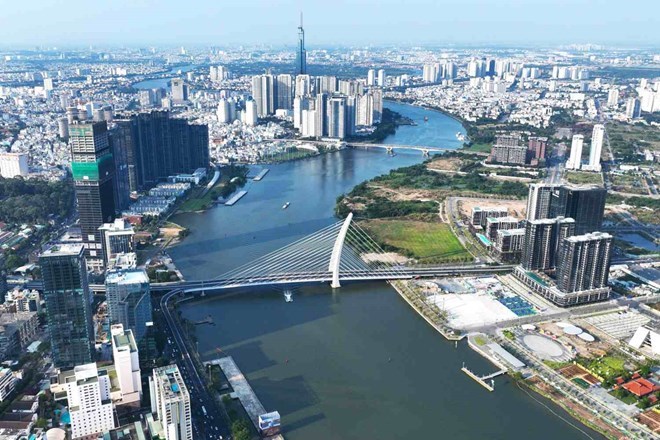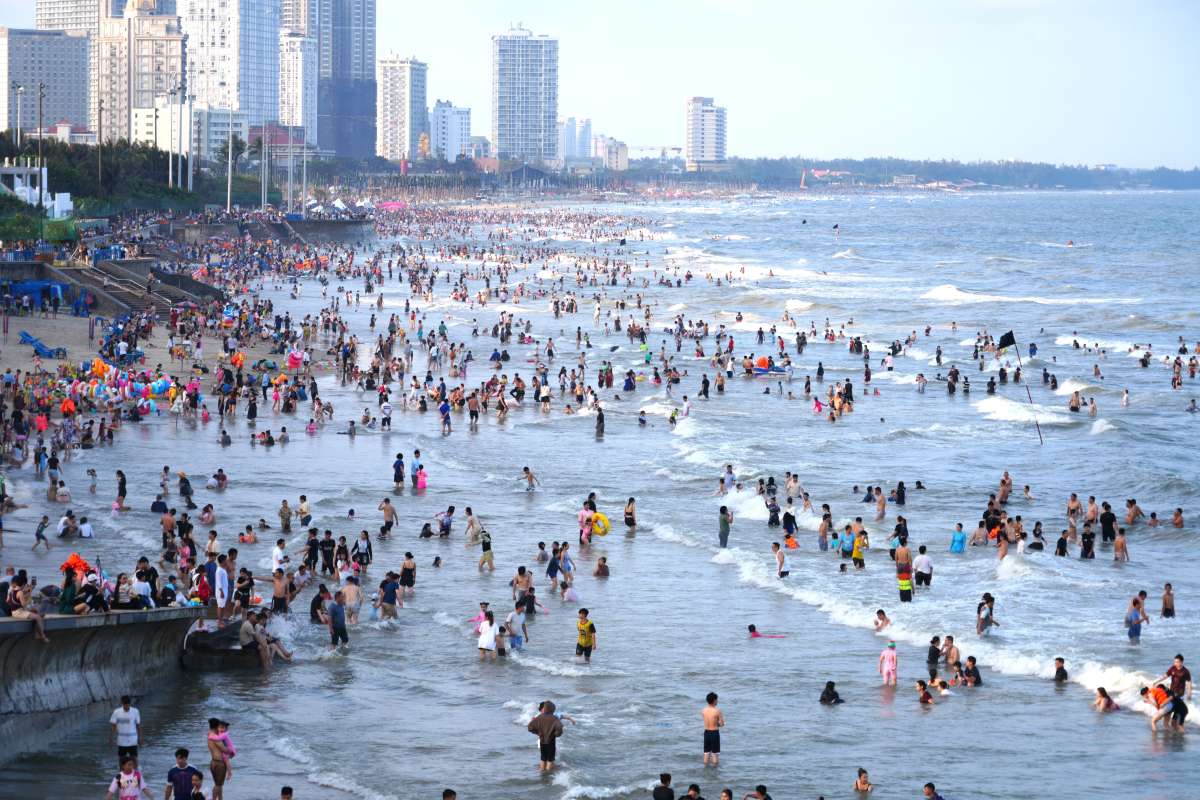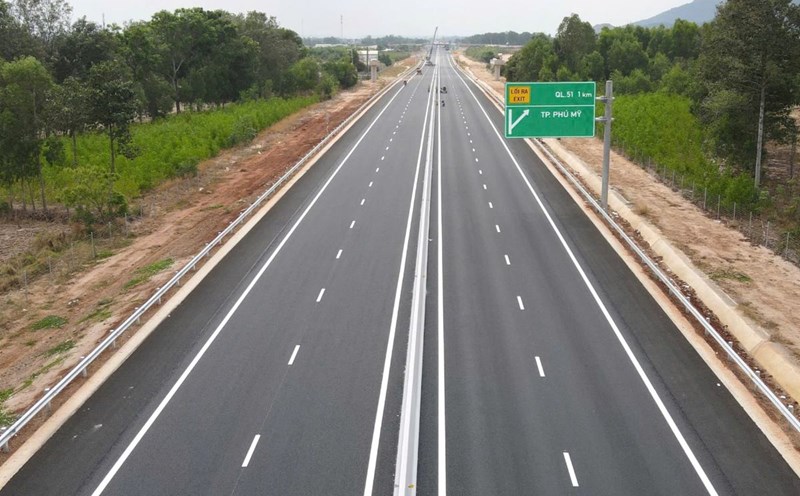According to Resolution No. 60-NQ/TW of the 11th Conference, the 13th Party Central Committee, the three localities including Ho Chi Minh City, Binh Duong province and Ba Ria - Vung Tau province will be merged into a single administrative unit named Ho Chi Minh City.
The political - administrative center will be located in Ho Chi Minh City today. The new Ho Chi Minh City after the merger will have an area of about 6,772 km2, a population of more than 13.7 million people and include 168 commune-level administrative units (wards, communes, special zones).
In 2024, the total GRDP scale of these 3 localities will reach 2.71 million billion VND, equivalent to nearly 24% of the country's GDP.
HCMC - The leading economic center of the country
Currently, Ho Chi Minh City has an area of 2,095.39 km2 and a population of nearly 10 million people.
The city continues to maintain its position as an economic locomotive, the largest financial, industrial, trade and service center in the country.
In 2024, the gross regional domestic product (GRDP) reached 1.78 million billion VND. Ho Chi Minh City also leads the country in attracting FDI capital with a total registered capital of nearly 59 billion USD. Ho Chi Minh City is building an international financial center.

A notable highlight is the rapid development of the digital economy and e-commerce. The proportion of Ho Chi Minh City's digital economy is 21.5%. The city is currently the largest e-commerce hub in the country with an average growth rate of about 20% per year.
In addition, a series of key transport projects are being implemented such as: Ring Road 3 connecting Ho Chi Minh City with Dong Nai, Binh Duong, Long An; Ho Chi Minh City - Moc Bai Expressway; Ho Chi Minh City - Chon Thanh Expressway; Ben Luc - Long Thanh Expressway, ...
Total state budget revenue in 2024 is estimated at VND508,553 billion, up 13.3% over the same period last year.
Binh Duong - A bright spot in industry and investment attraction
Binh Duong province currently has an area of 2,694.7 km2 and a population of about 2.43 million people.
In recent years, this locality has always maintained a high and stable economic growth rate, with the proportion of industry and services accounting for over 90% of the economic scale.

In 2024, Binh Duong's GRDP will reach VND 520,205 billion, ranking 3rd in the country, after Ho Chi Minh City and Hanoi.
Notably, Binh Duong has surpassed Hanoi in attracting FDI capital, becoming the second largest locality in the country with a total registered capital of 43 billion USD.
The province owns a strongly developed transport infrastructure system, with key routes such as National Highway 13, National Highway 14, Ho Chi Minh Road and Xuyen A route. This is an important trade gateway, connecting Ho Chi Minh City with the provinces in the Southeast region.
Ba Ria - Vung Tau: Seaport Industrial Center and Island Tourism
Ba Ria - Vung Tau province has an area of 1,982.56 km2 and a population of nearly 1.31 million people.
This is one of the localities with high growth rates and a dynamic economy, especially prominent in the fields of industry, seaports, logistics, oil and gas and tourism.
In 2024, Ba Ria - Vung Tau will have a GRDP scale of 417,306 billion VND - ranked 6th in terms of economic scale nationwide.

The province has 305 km of coastline with many beautiful beaches and rich natural resources, which is a great advantage for strong development of the tourism industry.
At the same time, Ba Ria - Vung Tau also owns a modern deep-water seaport system in Cai Mep - Thi Vai, playing a key role in the international maritime network and being the gateway to the sea of the key economic region in the South.











